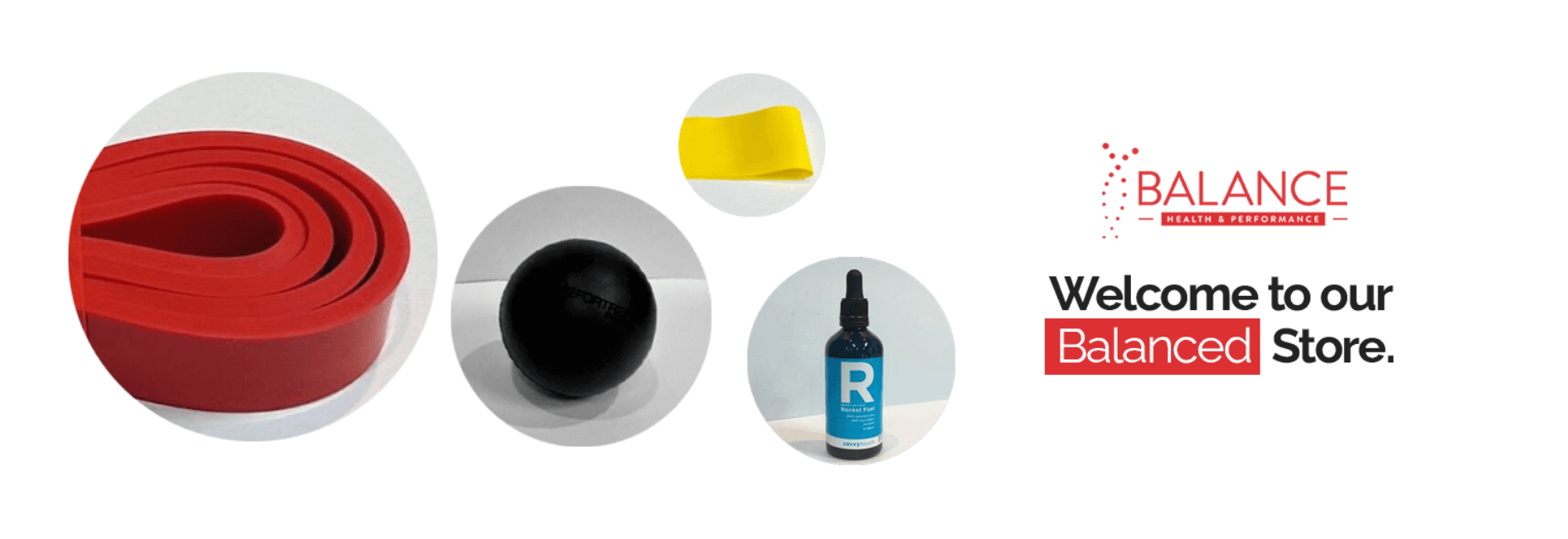What Emotion Motivates You To See Your Physio: Fear or Frustration?
There are many reasons you would reach out to a physio (or chiro) you trust. The question is what’s more important for them to provide you with:
Reassurance that your problem isn’t major? or
A plan of attack on how it will be solved?
You’re probably thinking that both are important! You’d be right - they are..
However...
Generally speaking the key emotion which is also the likely motivating factor behind reaching out for support with your current concern is either fear or frustration. And each injury can be different.
It’s an interesting concept you wouldn’t necessarily think about at the time. But remember back to the last few times you’ve needed physio. What was your motivating emotion?
Let’s look at each of them and how the approach should adjust accordingly.
Fear As The Motivating Emotion
What it sounds like and what to do
“This pain has been gradually getting worse and I don’t know what it is and I don’t know why it’s developed…”
This is something we hear a lot! It’s important that once we do find the cause, you know it’s more often than not, nothing to be majorly concerned by.
You might be surprised by how many patients are just happy to know that their headaches aren’t coming from a brain tumour - and if that’s you - be reassured, you’re not alone.
So what do we do?
First and foremost, it’s important to understand exactly what the person is fearful of. A great physio will ensure the consultation works towards addressing those fears. Usually there needs to be reassurance up front that we will do everything we can to get to the bottom of what is going on. Then it’s about performing a thorough assessment, working towards a diagnosis and triaging the problem. Is it minor and can be dealt with in the clinic, or does it need to be escalated with a referral for further intervention.
MOST of the time, it’s comfortably dealt with in the clinic!
We explain what is going on and what we need to do to put you at ease.
Conversely, sometimes it just that:
Your Pain Is Frustrating You To Know End
Here’s how we manage it
“I’ve had this for ages and it stops me from training the way I want to, and most importantly, it stops me from sleeping through the night. I’m committed to doing whatever I can to get rid of it!”
People carrying frustration with their problem are often motivated, not necessarily by the pain level, but often with what the pain stops them from doing. In fact, many of these people might actually be happy to live with ongoing pain as long as it doesn’t stop them from doing the things they love doing.
So what do we do when a patient is frustrated with what is going on?
First step is to understand the frustration.
Usually it’s activities they can’t do. In some cases, it’s the constant nagging pain signal that just doesn’t go away.
Ensuring that addressing the frustration is the focal point of the examination. Once we have a solid starting point based on the assessment, it’s time to set some goals around how we will overcome the frustrations together. If it’s sleeping through the night without pain, then it’s crucial that the goals are set specifically towards overcoming the frustration more so than getting rid of the pain.
We’re always here to help!
If this has resonated with you, or you know someone this relates to, push it to them to… Sometimes they just need a little push to get them started on their journey!




















